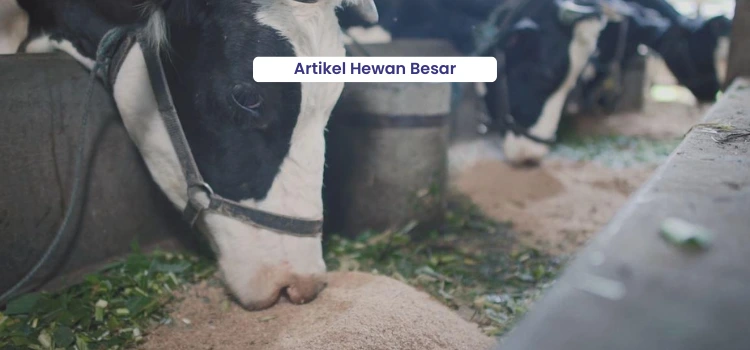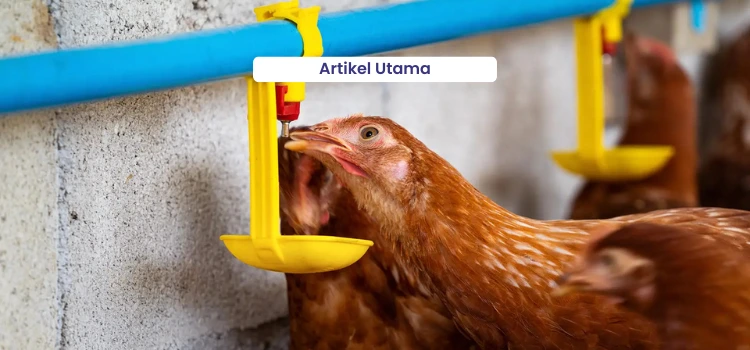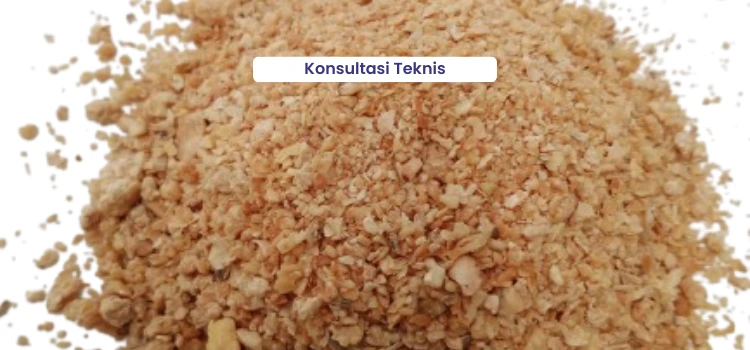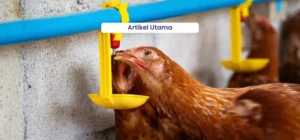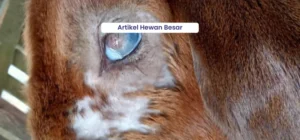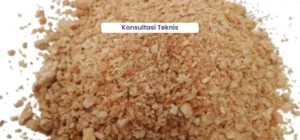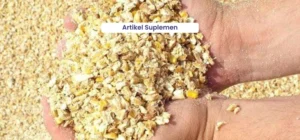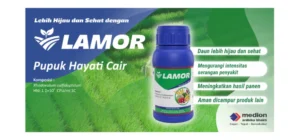Dairy cows are one of the livestock commodities that still have great potential for development in Indonesia. As we know, cow’s milk offers numerous health benefits, mainly due to its rich nutritional content. However, the domestic supply of fresh milk remains relatively low and is still unable to meet national demand.According to data from the Directorate General of Livestock and Animal Health Services (Ditjen PKH) in 2024, Indonesia’s fresh milk production reached 1 million tons, an increase compared to 0.9 million tons in 2023. Meanwhile, national milk consumption in 2024 reached 4.7 million tons, with the remaining demand fulfilled through imports.The low productivity of milk directly impacts farmers’ income levels. Therefore, efforts must be made to increase milk production so that domestic needs can be better met.
Factors Affecting Milk Production Levels
Several factors can influence the level of milk production in dairy cows, including:
• Genetics or breed of the cow
A cow with poor genetic traits will produce less milk compared to one with superior genetics. Fries Holland cows can produce between 6,000–7,000 kg of milk in a single lactation period, averaging 300–320 days. In contrast, other breeds such as Jersey cows can yield between 4,500 and 6,000 liters per year. Certain breeds may produce more or less milk than the average dairy cow. Therefore, it is important to pay attention to the dam’s milk production record and the health of its offspring.
• Milking time
Milking is usually carried out twice a day, in the morning and in the afternoon. Equal time intervals between morning and afternoon milking result in relatively little change in milk composition, whereas unequal milking intervals lead to variations in milk composition as well (Sudono, 1985).
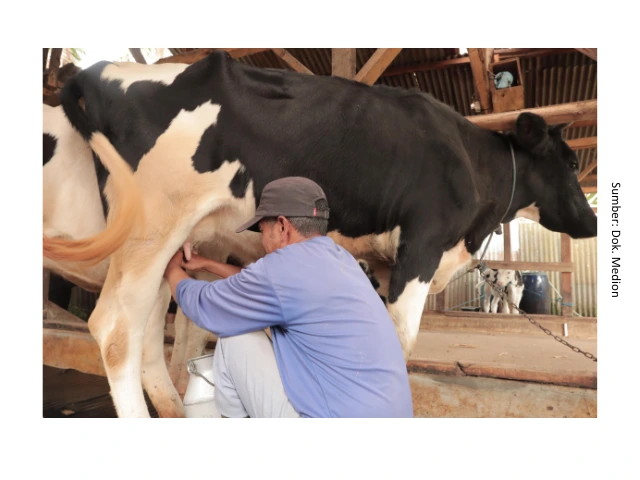
• Stress conditions
An environmental heat load above 27°C will activate the heat stress response system in lactating dairy cows. When under stress, the animal’s initial reaction is to increase the metabolic rate of its energy reserves. As a result, intestinal movement and nutrient absorption slow down, reducing feed intake and causing insufficient energy and nutrient availability to meet daily requirements for milk production.Stress in dairy cows can be triggered by several factors, including heat stress, poor air quality, sudden feed changes, relocation to a new barn, and other disturbances caused by rough handling.
• Disease factors
The low level of milk production and quality in dairy cows can also be caused by health problems, particularly diseases such as mastitis (inflammation of the udder). Mastitis is generally caused by various types of bacteria, including Streptococcus agalactiae, S. disgalactiae, S. uberis, S. zooepidermicus, Staphylococcus aureus, Escherichia coli, Enterobacter aerogenes, and Pseudomonas aeruginosa, as well as Mycoplasma sp., Candida sp., Geotrichum sp., and Nocardia sp. in cases of mycotic mastitis (Akoso, 1996; Hastiono, 1984).These bacteria cause damage to the alveolar cells in the udder. Such damage not only leads to a decrease in milk production but also affects milk quality. The decline in milk quality is due to abnormalities caused by mastitis bacteria, which alter the nutritional composition of the milk (Utami et al., 2014; Amran, 2013).
Strategies to Increase Milk Production
In dairy farming, there are several key aspects that must be carefully considered to ensure optimal milk production in both quality and quantity, including:
- One of the key factors in achieving high milk yield is providing high-quality feed with a balanced nutrient composition (carbohydrates, protein, vitamins, and minerals). Ensure that the physical quality of the feed, especially concentrates, remains good and fresh. If necessary, stir or turn the concentrate frequently to stimulate the cow’s appetite.Use a combination of forage (grass, legumes) and concentrates (bran, oil cake, ground corn). Perform a chopping process on the forage before feeding it to the cows. To prevent acidosis, provide a limited amount of forage before the cows consume the concentrate. Feed transitions between maintenance periods should be done gradually.
- The availability of clean and sufficient water is very important. Provide clean and fresh drinking water, as water requirements during heat stress increase dramatically compared to normal conditions. A dairy cow can drink up to 80 liters of water per day.
- Provide additional supplements to help optimize the reproductive system, improve feed intake, and supply essential micronutrients. For example, administer Mineral Feed Supplement-S, which contains various macro and micro minerals, and Vitesel Inj, which contains vitamin E and selenium.
- Provide supplementation with Vita B Plex Bolus to increase appetite, improve metabolism, and boost milk production. Pregnant and lactating animals, as well as young livestock, require a higher intake of B-complex vitamins.
- Minimize stress factors by providing a shaded barn with good air circulation. Install shading and cooling systems if necessary. Ensure that the housing environment is comfortable, clean, and spacious for lactating cows. Regulate stocking density and provide adequate feeding and watering facilities according to the number of cows kept. A comfortable environment enhances animal welfare and improves production outcomes.
- Maintain proper barn hygiene and sanitation by cleaning the housing area at least twice a day. Keeping the environment clean helps reduce the risk of mastitis. Disinfect the barn regularly using Antisep, Neo Antisep, Formades, or Sporades.
- Good milking management is essential because mastitis can easily spread from one cow to another or from an infected quarter to a healthy one through the milker’s hands, cleaning cloths, or milking machines. Clean the barn floor before milking, wash the rear legs, udder, and teats with running water and soap or disinfectant, and apply teat dipping before milking (for example, using Neo Antisep). The milker should wash their hands with soap, ensure milking equipment is clean and dry, and feed the cow immediately after milking to keep it standing, preventing bacteria from entering the teat canal, which remains open for a short time after milking.Make sure all milk is completely extracted to prevent mastitis. Dip the teats into Neo Antisep solution after milking is completed. Milking times should remain consistent every day
- Record reproductive cycles, pregnancies, and calving accurately. Provide proper post-calving care to help cows return to productivity quickly. Implement correct dry-period management—three weeks before and three weeks after calving—to prepare the cow for the post-calving phase and enhance milk production in the next lactation period.
- Treat diseases that infect livestock. For example, in cases of worm infestation, administer Wormzol-B or Wormectin Injeksi.
Herbal Supplements to Increase Milk Production
Provide herbal supportive supplements such as Mastigrin to prevent mastitis, while also helping to increase milk production. Its advantages include no withdrawal time, no drug residues, and safe use during the lactation period.Additionally, give supplements to help improve milk yield. Mastigrin as a herbal supplement can be administered during the transition period (three weeks before calving) up to ten months of lactation. Several herbal compounds in Mastigrin provide anti-inflammatory and antibacterial benefits, as well as promote prolactin hormone production, which helps facilitate milk secretion.
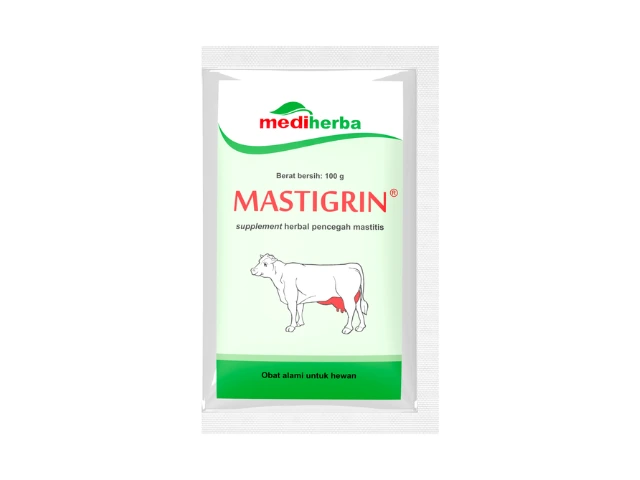
Mastigrin is a natural powdered supplement containing a combination of extracts from Zingiber officinale rosc, Moringa oleifera, and Phyllanthus niruri. These three medicinal plants are known for their properties in helping to reduce the incidence of mastitis and increase milk production in livestock.The compound gingerol in Zingiber officinale works by inhibiting the cyclooxygenase (COX) and lipoxygenase enzymes involved in the production of prostaglandins and leukotrienes—compounds that trigger inflammation. By suppressing the production of these compounds, gingerol helps reduce inflammation.Several studies have shown that gingerol can damage bacterial cell membranes and disrupt bacterial transport systems, making it effective against bacterial infections. Zingiber officinale has also been proven to enhance milk production in dairy cows. Research indicates that when added to cow feed, it improves digestive system function, leading to better nutrient absorption and overall gut health, which subsequently contributes to increased milk yield.
Moringa oleifera contains a compound called phytosterol, which can increase prolactin hormone levels in livestock. Prolactin plays a crucial role in stimulating milk production.Phyllanthus niruri contains compounds such as flavonoids, alkaloids, saponins, tannins, lignans, and phyllanthin, which help improve rumen function, enhance nutrient absorption, and reduce oxidative stress. Indirectly, these effects support increased milk production in dairy cows by promoting better health and nutrient utilization.Several studies have also shown that the bioactive compounds flavonoids and saponins can strengthen the immune system and inhibit cell replication activity, exhibiting antibacterial properties.

With the various measures described above, it is hoped that these efforts can contribute to strengthening food security through the increased production of high-quality cow’s milk. Best regards.

